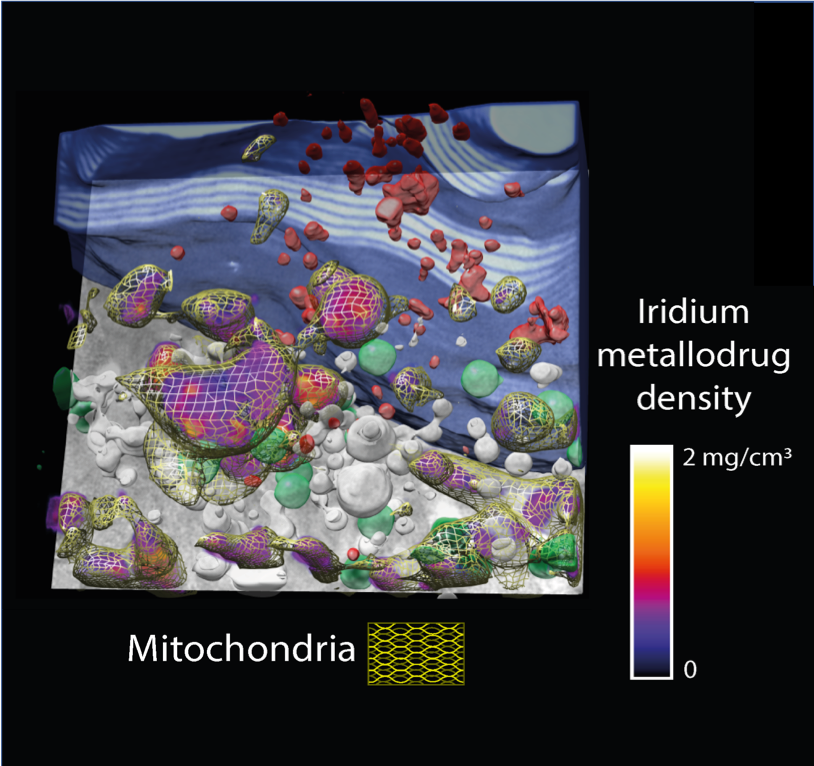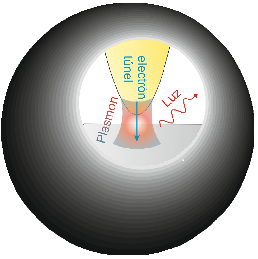Foodie calls: Dating for a free meal (rather than a relationship)
When it comes to getting a date, there’s any number of ways people can present themselves and their interests. One of the newer phenomena is a “foodie call” where a person sets up a date with someone they are not romantically interested in, for the purpose of getting a free meal. New research finds that 23 … Read more

